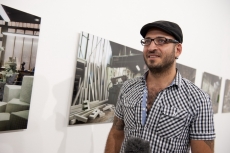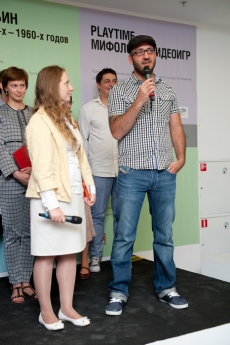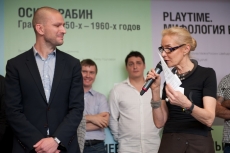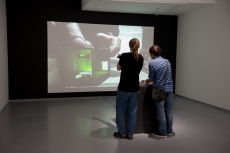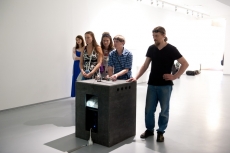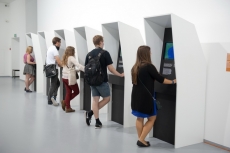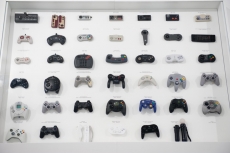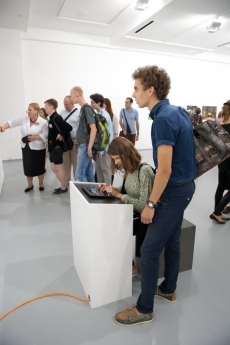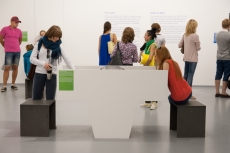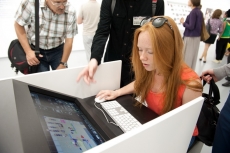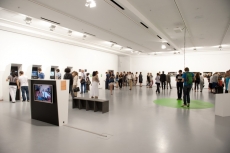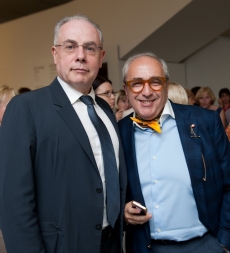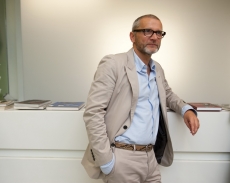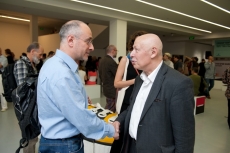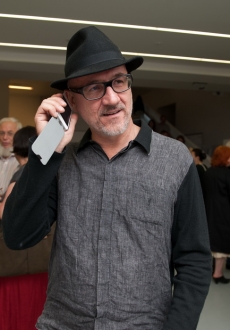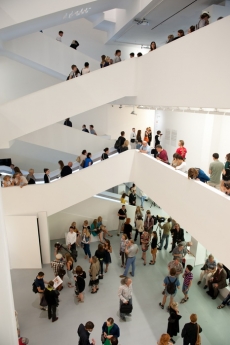Playtime — Videogame Mythologies
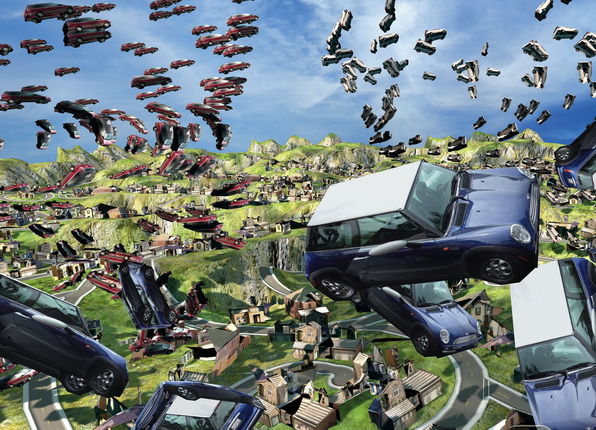
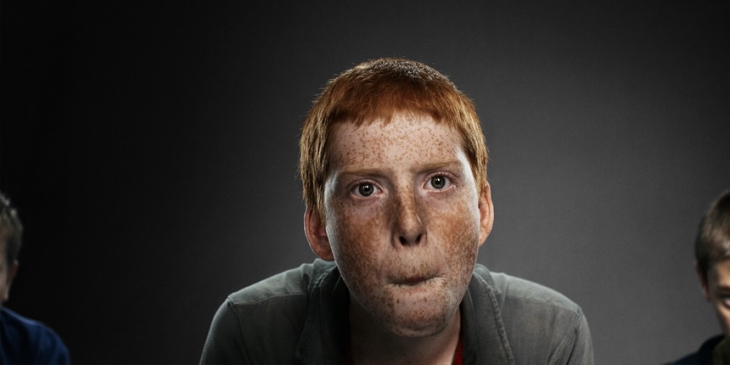
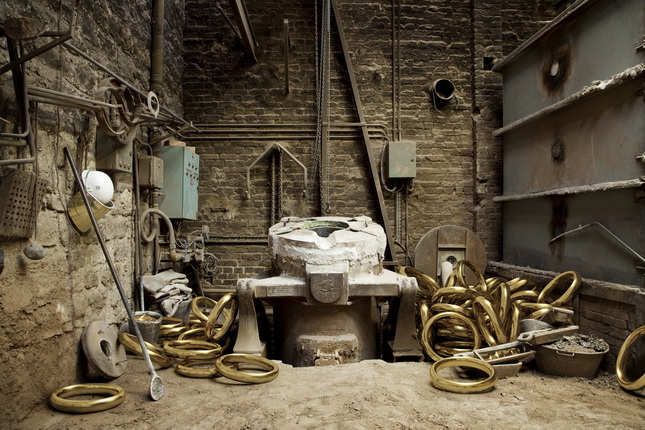
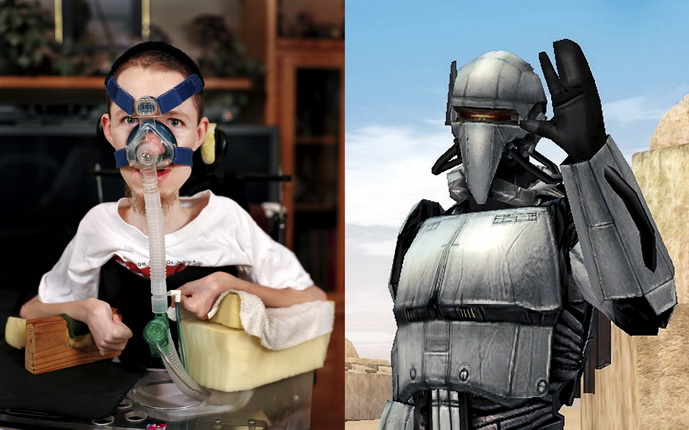



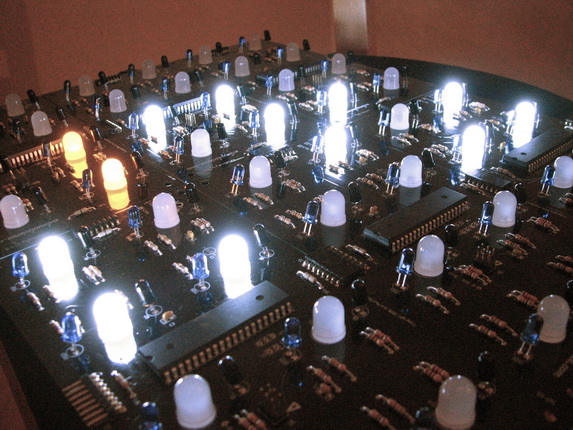
Experimental Game Lab (US). Scalable City. 2008-2010. Interactive installation
Robbie Cooper (GB). Immersion. 2009-2010. Video
Marc Da Cunha Lopes (FR). Made of Myth. 2009. Photographic series
Robbie Cooper (GB). Alter Ego. 2004-2010. Photography
thatgamecompany (US). Journey. 2012. Software
thatgamecompany (US). Journey. 2012. Software
Evil Mad Scientist Laboratories (US). The Game of Life. 2010. Interactive installation
Evil Mad Scientist Laboratories (US). The Game of Life. 2010. Interactive installation
Moscow, 18.07.2013—8.09.2013
exhibition is over
Share with friends
For the press
The exhibition Playtime — Videogame Mythologies invites every visitor to participate in the playing process, to experience and comprehend the mechanisms of the playing process as a whole and the influence of video games on contemporary culture, reality and our behaviour.
The project is divided into five sections: Rules of Play/The Game of Life on the mechanics of video games; Game Geographies and PlayNations on virtual architecture and its artistic evolution; Bodies and Minds on how players relate with their avatars and the evolution of game controllers; and Assault on Reality, which presents innovative creations that eliminate the boundary between real and virtual.
If games are a form of culture, what form of culture is this? Games involve movement, spaces and storytelling. But primarily games are complex systems in which dynamic relations are established between different actors. The first part of the exhibition examines how game systems behave, the importance of rules, and other key notions in game design such as physics and plot.
Game physics is a set of rules that define how elements inside the gameworld interact, with each other and with the player. Through physics simulation objects can be heavy or light, they may bounce against one another or break into a million pieces on impact. In Crayon Physics Deluxe designed by Petri Purho (Finland) the player himself gets to create the interactive elements and infuses them with properties and qualities.
Sleep is Death by Jason Rohrer (USA) focuses on the actual process of telling a story: in this game for two players one acts as storyteller and the other is the main actor in this narrative.
The installation Loopscape by Ryota Kuwakubo (Japan) involves changing the rules: here the flat screen is replaced by a cylindrical display and all movement in the classic ‘shootout’ becomes circular. Players must quickly adapt to new conditions, since they risk getting hit from behind by their own bullet after shooting at an opponent.
For a player absorbed in his game the monitor is not simply a screen showing moving images, but the portal to another world. Game Geographies and PlayNations, the second section of the exhibition, is entirely devoted to the virtual landscape. The Evolution of Play Spaces presents a selection of games issued from 1980 to 2008 that expanded the artistic and spatial possibilities of game environments. In the programme The Scalable City a new digital space may be created from the elements of real cities.
Game landscapes vary from the full cartography of Super Mario, one of the first games with a distinctive geography and changing landscape, to the Dust project, a full-size reproduction of one of the most popular levels developed for CounterStrike. Some game creators concentrate on the direct process of ‘wandering’, on the contemplation and exploration of space, rather than on the completion of different actions — Journey, produced by thatgamecompany (USA), obliges the player to cross a desert without maps or instructions, while the short horror game The Path, from the Belgian studio Tale of Tales immerses the player in a dark atmospheric experience without the distraction of responding to fast-paced challenges.
The Swiss company Procedural will present their game Procedural City, in which a virtual city is constructed from the visitor’s fingerprints.
The link between the player and his virtual identity is analysed in detail by authors of the third section in this exhibition, Bodies and Minds. There is a curious, tense relationship between players and their avatars. Both ‘bodies’ — flesh and pixels — are connected by an invisible thread: although seated comfortably, we cannot stop ourselves leaping up and waving our hands at a critical turn of events on the other side of the screen. At such moments both ‘bodies’ essentially carry out the same action. Immersion by Robbie Cooper (UK) was inspired by watching teenagers absorbed in computer games.
Joysticks and game pads have been the traditional interface zone between player and avatar. But in recent years both the video game industry and independent artists and researchers have devised new technologies that strengthen the role of the body in game interaction. The section entitled The Evolution of Game Controllers is a collection of joysticks and game interfaces from the last 30 years.
Before long game pads, keyboards and other game controllers will probably become obsolete. In this new world game consoles will be able to recognise your face, read your gestures and emotions. The relationships between gamer and avatar will also change, becoming so interactive that when the gamer smiles, for instance, his virtual image will do likewise, almost simultaneously. The installation Faces by Arturo Castro (Spain) is a window to this future scenario.
The section Assault on Reality looks at mutual influences between the virtual and material world. Development of mobile technologies means that games are assuming a greater role in our lives. Meanwhile the borderline between games and reality is blurred. Taking decisions and modelling situations by means of game theories is now a common pursuit. ‘Serious’ games in which the players solve global issues of the real world are also increasingly popular. Projects in the section Playing the World’s Problems: An Arcade of Serious Games confront virtual characters with real crisis situations. The real world enters the game, and games are transforming people’s lives and means of communication. This is the theme of the documentary films Second Skin and Gold Farmers. The film Gold Farmers reveals the sweatshops that hire professional gamers who toil for days on end to produce virtual assets that can then be traded against real world currency with players from all over the world. In the film Second Skin gamers of various ages and professions tell their stories: some have gained a fuller life and new friends from virtual worlds, some have experienced tragic love, and others have acquired independence.
As video games theoretician Edward Castronova wrote in his book Synthetic Worlds, ‘these computers on our desks are turning into portals to other realms of existence... realms that will one day be preferred to earth’.

